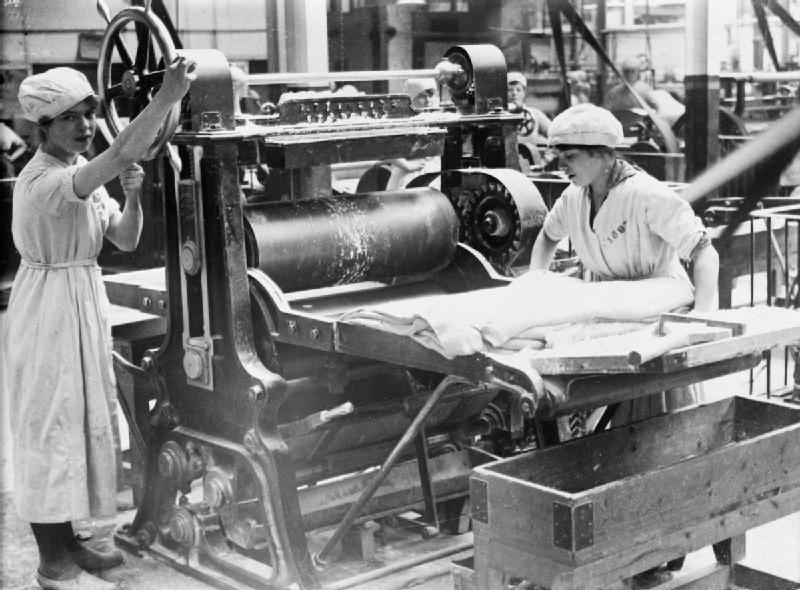Women at Work in WW1
19 June 2020
In 1914 women in Britain could not vote, study at university or legally enter a profession.
But women did work – as domestic servants, shop workers, in factories and of course at home. The movement for women’s suffrage had gathered pace since 1910. The outbreak of the First World War divided the movement and overtook their protests.
Between 1914 and 1918, an estimated two million women replaced men in employment, resulting in an increase in the proportion of women in total employment from 24 per cent in July 1914 to 37 per cent by November 1918.
Women were required to make a significant contribution during the First World War. As more men left for combat, women stepped in to take over ‘men’s work’. The government used propaganda films to encourage women to get involved.
Jobs carried out by women included farm and factory work, many women worked in munitions, allowing for a rapid rise in production; they also worked on maintaining coal, gas and power supplies. Still others took on work in transport or offices. To women, the First World War resulted in a social revolution.

(by Lewis, in Public Domain from Wikimedia)